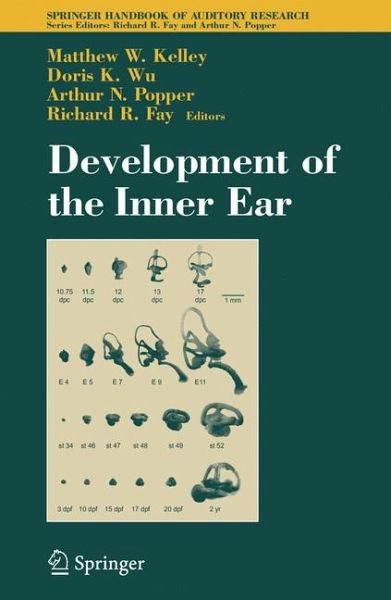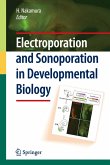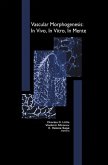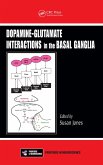Matthew Kelley and Doris Wu are both Investigators at the National Institute on Deafness and other Communication Disorders at the National Institutes of Health, Bethesda, Maryland. Arthur N. Popper is Professor in the Department of Biology and Co-Director of the Center for Comparative and Evolutionary Biology of Hearing at the University of Maryland, College Park. Richard R. Fay is Director of the Parmly Hearing Institute and Professor of Psychology at Loyola University of Chicago.
Dieser Download kann aus rechtlichen Gründen nur mit Rechnungsadresse in A, B, BG, CY, CZ, D, DK, EW, E, FIN, F, GR, HR, H, IRL, I, LT, L, LR, M, NL, PL, P, R, S, SLO, SK ausgeliefert werden.
Hinweis: Dieser Artikel kann nur an eine deutsche Lieferadresse ausgeliefert werden.
"Since I was committed to writing several comprehensive reviews about ear development, I had anticipated that the book would be of a great help in these endeavors and I was not disappointed. Typical of this series, the seven chapters are authoritative, thoughtful, and timely treatises ... . there remains ample need for the deeper and more scholarly full-length treatises offered here. My looming sense of despair about ever staying abreast of the literature ... has been mollified ... through the valiant efforts of these authors." (Donna M-Fekete, The Quarterly Review of Biology, Vol. 81, December, 2006)
"This book presents a highly detailed and up-to-date report of the state of experimental embryology of the vertebrate inner ear. ... Descriptive micrographs and illustrations are excellent and add much to the text. This book will be of great value to scientists and students working in the disciplines associated with development of the inner ear." (American Journal of Neuroradiology, Vol. 29, April, 2008)









